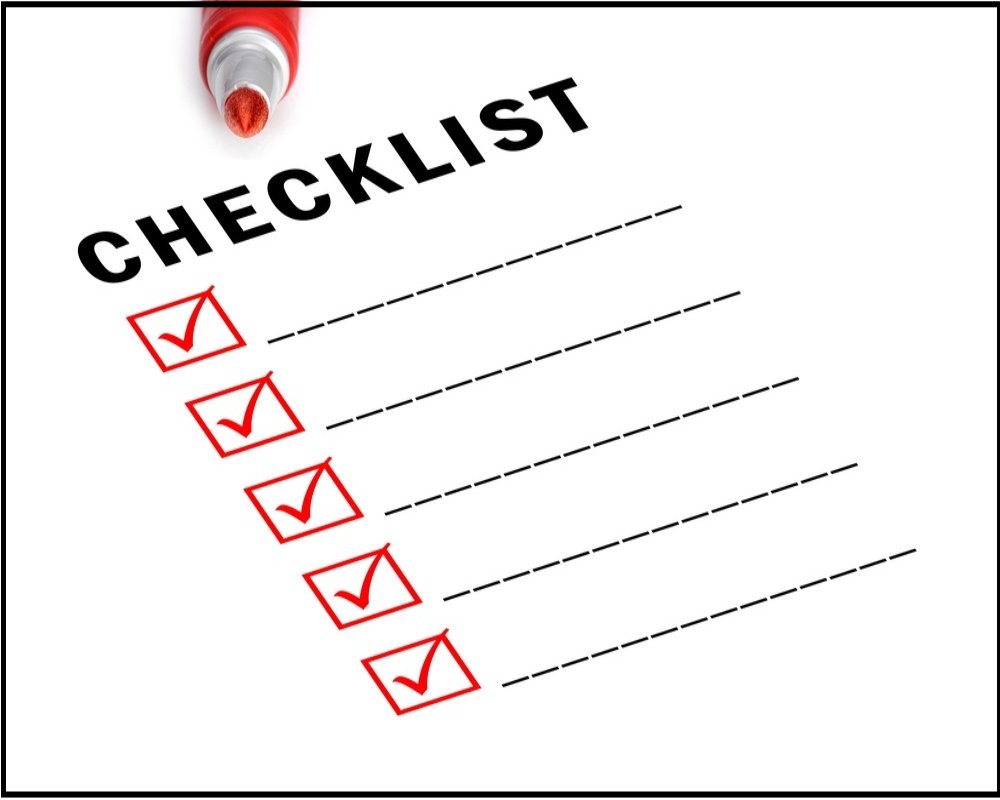Introduction
Evaluating the features of an industrial site is a critical part of the planning and decision-making process. A comprehensive assessment ensures that the land can physically, legally, and economically support the intended industrial activities. Unlike generic site selection, evaluating industrial land requires a deeper understanding of logistics needs, environmental impacts, infrastructural demands, and operational scalability. A well-structured checklist, when approached holistically, helps investors, developers, and planners identify both opportunities and limitations early in the process, reducing risk and improving the return on investment.
Topography and Soil Conditions
The first step in evaluating a site is to assess its physical landscape. A desirable site should have flat or gently sloping topography that minimizes the need for heavy grading or earth-moving activities. Complex terrain can significantly raise development costs and complicate site layout. The soil should be geotechnically suitable to support large industrial structures and machinery. It should have good load-bearing capacity, be free from expansive clay or organic material, and demonstrate minimal risk of settlement. A soil test and geotechnical survey are necessary to confirm these conditions.
Access and Transportation Connectivity
An industrial site must have convenient and reliable access to transportation infrastructure. This includes proximity to major highways or arterial roads that can handle heavy truck traffic. Access roads leading to the site should be wide, stable, and built to withstand the weight and frequency of industrial vehicles. Rail connections, nearby ports, or air cargo terminals further enhance a site’s logistical appeal, especially for export-oriented or high-volume industries. Internal site access should also be evaluated, ensuring that the design allows for easy circulation of goods and equipment without bottlenecks.
Availability of Utilities and Infrastructure
Industrial operations require a robust and scalable utility supply. The site should have access to high-capacity electricity connections, clean water supply, sewage systems, and, depending on the industry, natural gas or steam lines. Telecommunications infrastructure, including high-speed internet and data connections, is increasingly important for automated and smart manufacturing facilities. It’s essential to confirm the current availability and capacity of these utilities, as well as the cost and timeline of extending or upgrading them if needed.
Drainage and Environmental Suitability
Proper stormwater management is vital for industrial sites to prevent flooding, waterlogging, and erosion. The site must have a natural or engineered slope that allows for efficient drainage. The presence of a floodplain, high water table, or inadequate stormwater outlets can present serious development and operational risks. Environmental constraints, such as nearby wetlands, protected habitats, or contamination from past land use, should also be investigated. An environmental impact assessment (EIA) may be required, especially for large-scale or pollution-sensitive industries.
Regulatory Compliance and Zoning Compatibility
Zoning laws must permit industrial activities on the site without requiring major legal changes or variances. It’s essential to confirm that the property is designated for industrial use under local planning regulations and whether there are any restrictions on building height, lot coverage, emission levels, or noise. The permitting process should be clear and achievable within the development timeline. In areas with industrial development incentives or economic zones, additional regulatory benefits may be available, enhancing the site’s strategic value.
Scalability and Expansion Potential
The long-term viability of an industrial site depends on its ability to accommodate growth. The property should have adequate space for future expansion of buildings, storage areas, and circulation zones. Adjacent land availability and local development plans should be reviewed to understand whether growth could be supported or constrained by future zoning or infrastructure changes. A site that supports modular or phased development allows businesses to scale operations without disruption.
Proximity to Labor and Services
Access to a reliable workforce is essential for any industrial operation. The site should be located within commuting distance of a labor pool with relevant skills. Availability of transportation for employees, such as public transit or employer-sponsored shuttles, can enhance workforce accessibility. Proximity to training centers, technical schools, and service providers like equipment maintenance, waste management, and security contractors further supports the operational ecosystem of the site.
Site History and Legal Status
Before committing to a site, its legal and transactional history must be thoroughly reviewed. This includes confirming clear land title, absence of legal disputes, and freedom from encroachments. Previous uses of the land should be investigated to identify any contamination risks or legacy issues that might require remediation. Industrial land previously used for waste disposal, chemical storage, or mining may present environmental liabilities or require special approvals.
Security and Safety Considerations
The site should allow for the implementation of safety measures and security infrastructure. Its layout should accommodate fencing, surveillance, controlled entry points, and emergency response access. Proximity to fire stations, hospitals, and police services is also important, particularly for industries dealing with hazardous materials. Safety zones, buffer strips, and adequate spacing between high-risk operations and other buildings must be factored into the site design.
Cost Considerations and Investment Value
Lastly, the cost of land acquisition should be weighed against the value it provides. This includes not only the purchase price but also the cost of preparing the site for construction, extending utilities, acquiring permits, and meeting environmental compliance. A cost-benefit analysis that considers long-term operational savings—such as reduced logistics costs or energy efficiency—can offer deeper insights into the site’s true value. Return on investment is optimized when the location aligns with strategic business goals and offers flexibility for future adaptation.
Conclusion
Evaluating the features of an industrial site is a complex yet essential task that requires attention to technical, logistical, environmental, and legal factors. Each element—from soil quality and access roads to zoning laws and workforce proximity—contributes to the site’s overall suitability and long-term potential. A thorough evaluation process enables businesses to make informed decisions, avoid costly surprises, and build a foundation for efficient, safe, and scalable industrial operations. By approaching site evaluation methodically, stakeholders can transform a piece of land into a productive and profitable industrial asset.
Hashtags
#IndustrialSiteEvaluation #SiteChecklist #IndustrialRealEstate #SiteAssessment #PropertyEvaluation #IndustrialFeatures #RealEstateChecklist #SiteSelection #IndustrialDevelopment #LandUsePlanning #SiteAnalysis #CommercialRealEstate #IndustrialProperties #SiteInspection #RealEstateInvesting #PropertyManagement #SiteFeatures #IndustrialLand #InvestmentChecklist #RealEstateTips


